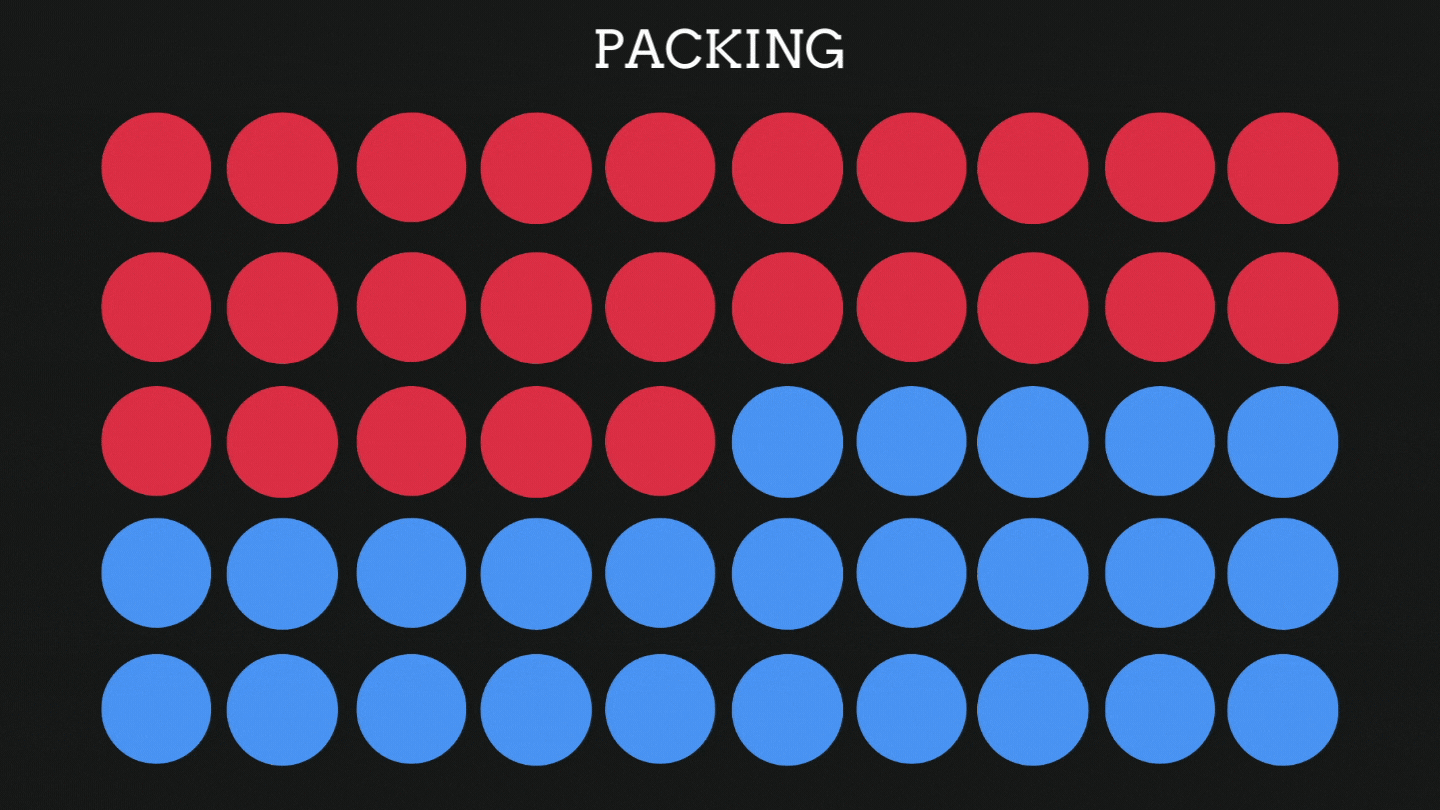Gerrymandering
Dania Sheatt
02-13-2024
Gerrymandering is the intentional use of redistricting to benefit a specific interest or group of voters.
HOW IT WORKS?
Every 2 years, individuals in every congressional district will vote for their representative. After censuses or in-between party switches, congressional districts undergo the process of redistricting, when district boundaries are redrawn based on population. During the redistricting process, state maps are often subject to gerrymandering. Depending on the state, the state legislator or an independent committee will draw the map. The districts created can be purposefully constructed to benefit a specific group.
Racial Gerrymandering is drawing districts on the basis of race. In the landmark case Shaw v. Reno (1993), the Supreme Court ruled that racial gerrymandering was unconstitutional under the 14th Amendment when race was the sole factor under consideration. Considering race within districts, however, is permitted. Racial gerrymandering is a dangerous tool used to minimize and ignore the votes of minorities by diluting their votes.
Partisan Gerrymandering is drawing districts on the basis of party, which both Democrats and Republicans have used. The Supreme Court has not taken any stance on partisan gerrymandering, and it remains constitutional. Partisan gerrymandering is a common political move to gain an advantage for a particular party. It dilutes the votes of the opposite party, allowing a party to gain more House seats. Partisan gerrymandering, however, skews representation– voters’ views will not be represented equally due to the strategically created districts.
Gerrymandering Methods include packing and cracking. Mapmakers will pack members of a certain demographic into a single district, in order to minimize their impact on congressional seats. The second most common method is cracking, where mapmakers can also “drown out” demographics by separating them into districts with other voters in order to ensure they do not gain a majority. These districts will often be oddly shaped, winding, and connecting areas that are not geographically near each other.


Source: Rock the Vote
WHAT CAN YOU DO?
-
Hold legislators accountable— contact your representatives with your thoughts and elect politicians that keep your values in mind.
-
Advocate for federal legislation— Policy like the For The People Act create protections against gerrymandering.
-
Continue voting to make your voice heard
-
Call out gerrymandered maps— use tools like Dave's Redistricting, District and PlanScore.org to help you determine if maps are fair.
-
Push for Independent Redistricting Commissions— a voter-centric reform that ensures voters and not politicians decide how political maps are drawn.
CURRENT OHIO HOUSE DISTRICTS

Source: Hunger Network in Ohio